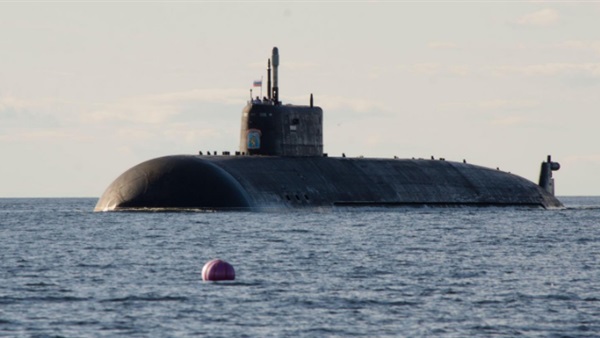Russia’s nuclear-powered torpedo ‘failed test on technical issues’

Russia’s test
of a nuclear-powered torpedo capable of carrying an atomic warhead 100 times
more powerful than the Hiroshima bomb failed after suffering technical
difficulties, US intelligence officials believe.
The Poseidon
torpedo, which President Putin unveiled in 2018 as an “innovative new weapon”,
was due to have been tested from the 30,000-ton Russian submarine Belgorod, in
the Arctic.
However, the
Belgorod, which at 178 metres is the longest submarine in the world, has
returned to port at Severomorsk, the Russian Northern Fleet base, without any
evidence of the Poseidon test having taken place.
The
technical failure, first reported by CNN quoting US intelligence officials, is
a significant blow for Moscow as the Poseidon was touted as an “unstoppable”
doomsday weapon system with an unlimited range.
The failure
could be another sign of the Russian military suffering challenging times
because of international sanctions, which have barred Moscow from acquiring
western technology.
There was
always scepticism in the West over the feasibility of a submarine-launched
torpedo being powered by a nuclear reactor.
Fitting a
miniaturised nuclear reactor to a torpedo was viewed as being a technological
challenge too far, although the Pentagon is developing small reactors to
provide power for forward-deployed special forces units.
In recent
weeks the US has begun monitoring Russian naval vessels gathering in the Arctic
for an expected test of the Poseidon. The Belgorod submarine, which can carry
up to eight of the nuclear torpedoes, was spotted among them.
The planned
test of the Poseidon coincided with increasing fears that Putin might order the
use of tactical nuclear weapons against Ukraine following persistent setbacks
suffered by the Russian military.
Moscow has
boasted that the Poseidon can deliver a nuclear warhead to a coastal target
such as a submarine base, evading all defence systems.
The torpedo
is 21m long and 2m wide. It was designed to travel at up to 80mph underwater,
carrying a two-megaton (2,000 kilotons) nuclear warhead. The Hiroshima bomb was
about 16 kilotons.
The nuclear
torpedo is expected to enter service around 2027, although if the technical
difficulties persist that could be delayed.





